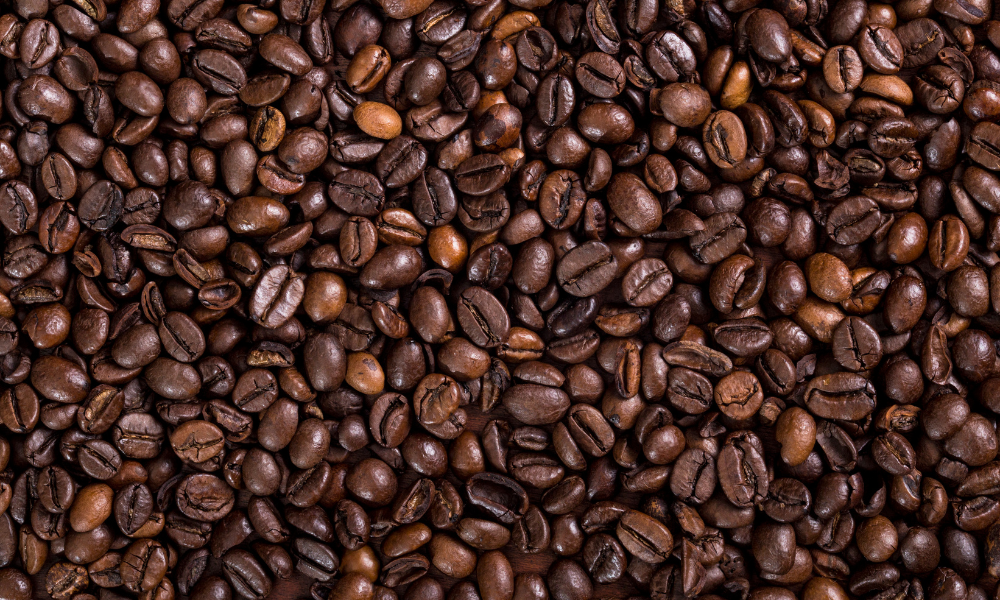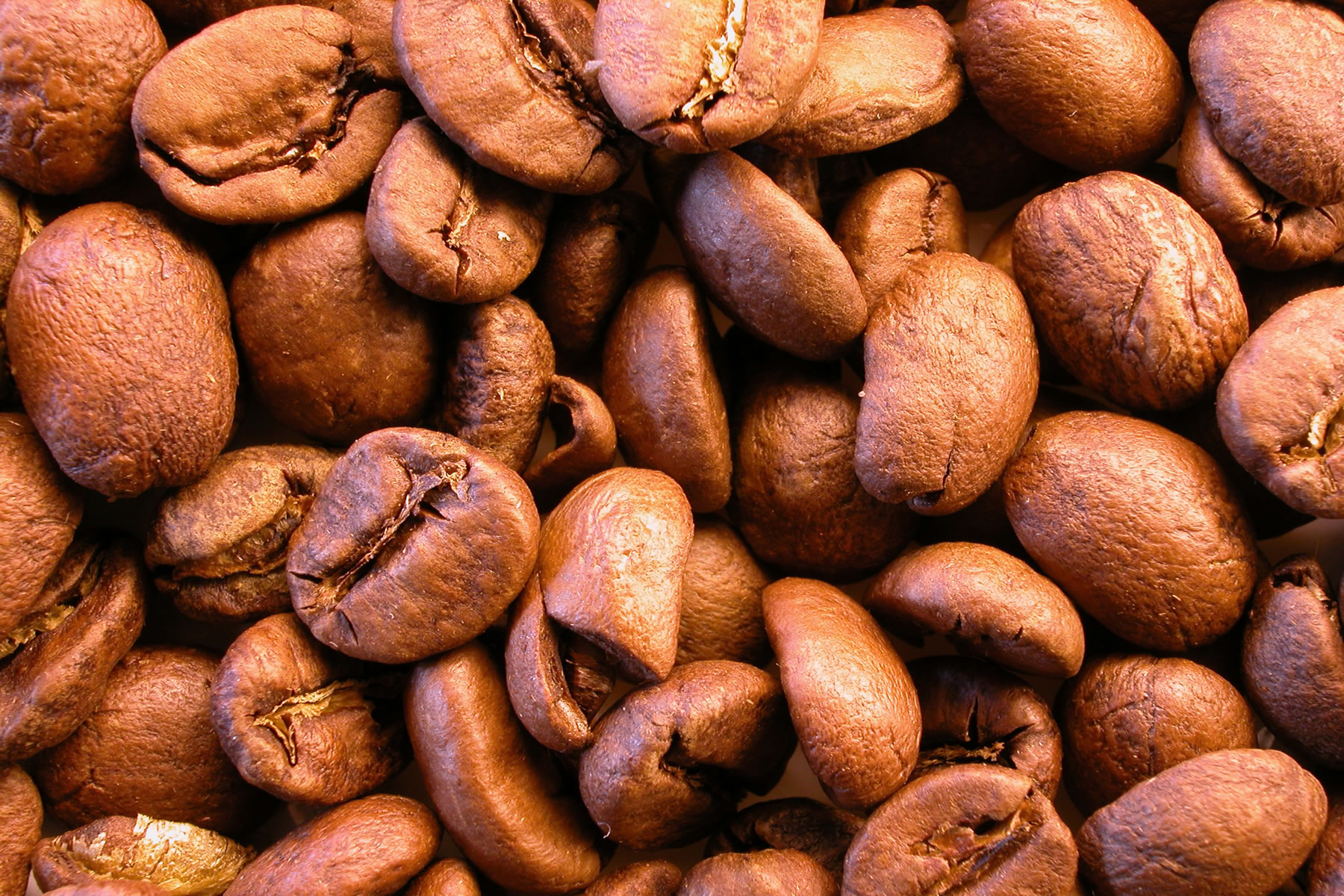Unlocking The Magic Of Grano De Cafe: Your Ultimate Coffee Grain Guide
So, you're here to dive deep into the world of grano de cafe, huh? Let's be real, coffee isn't just a drink—it's a lifestyle. Whether you're a casual sipper or a hardcore coffee enthusiast, understanding coffee beans is like unlocking a treasure chest of flavors and aromas. And guess what? We're about to take you on an epic journey through the heart and soul of coffee grains.
Imagine walking into your favorite café and knowing exactly what to ask for because you're clued in on the differences between arabica and robusta. That’s the level we’re aiming for here. It's not just about brewing a cup of joe; it's about knowing your grano de cafe inside out.
Let's get one thing straight—grano de cafe, or coffee beans, are the unsung heroes of your daily caffeine fix. They're the backbone of every latte, espresso, and flat white you've ever sipped. Stick around, and we’ll spill all the beans—or should we say, grano—on what makes them so darn special.
Read also:Zara Rahim The Rising Star In The World Of Entertainment
What Exactly is Grano de Cafe?
First things first, let’s break it down. Grano de cafe refers to coffee beans, the magical little seeds that come from the fruit of the coffee plant. But hold up—they’re not just any beans. These little guys are packed with flavor profiles that range from fruity and floral to earthy and nutty. And yeah, they're kinda like the celebrities of the coffee world.
Here's the kicker: coffee beans don’t start out as beans at all. They’re actually the seeds inside the cherry-like fruit of the coffee plant. Once they’re harvested, processed, dried, and roasted, they transform into the aromatic wonders we know and love.
Why Should You Care About Coffee Beans?
Let’s be real—most of us just grab a cup of coffee without thinking twice about where it comes from. But knowing your grano de cafe can completely change your coffee experience. Ever tasted a coffee that left you scratching your head, wondering why it tasted so different from the one you had yesterday? That’s probably because of the beans.
The type of bean, its origin, and how it’s roasted all play a massive role in determining the final taste of your coffee. So yeah, learning about coffee beans isn’t just for coffee snobs—it’s for anyone who wants to up their coffee game.
Types of Coffee Beans: Arabica vs Robusta
Alright, let’s talk about the two main players in the coffee bean world: arabica and robusta. Think of them as the yin and yang of coffee beans. Arabica beans are like the elegant, refined cousin—they’re smoother, sweeter, and often more complex in flavor. On the flip side, robusta beans are the tough, no-nonsense sibling. They’re stronger, more bitter, and pack a caffeine punch that could knock your socks off.
- Arabica: Grown at higher altitudes, these beans are known for their delicate flavors and lower acidity.
- Robusta: As the name suggests, these beans are robust. They’re easier to grow and more resistant to diseases, making them a favorite for instant coffee blends.
The Origin Story of Grano de Cafe
Every coffee bean has a story, and it all starts with where it’s grown. Coffee beans are typically grown in what’s known as the “coffee belt,” which stretches around the equator. Countries like Colombia, Ethiopia, Brazil, and Indonesia are some of the biggest players in the coffee game, each bringing its own unique flavor profile to the table.
Read also:Brook Monk Gallery Your Ultimate Destination For Art And Culture
For example, Ethiopian coffee beans often have fruity and floral notes, while Colombian beans tend to be more balanced and smooth. The soil, climate, and altitude all play a role in shaping the final taste of your coffee. It’s like nature’s own recipe book.
How Coffee Beans Are Processed
Once the coffee cherries are harvested, they go through a processing method that can drastically affect the flavor of the beans. There are three main methods: washed, natural, and honey processing.
- Washed Process: The fruit is removed from the beans before they’re dried, resulting in a cleaner and brighter flavor.
- Natural Process: The beans are dried inside the fruit, giving them a sweeter and fruitier taste.
- Honey Process: A mix of both worlds, where some of the fruit is left on the beans during drying, creating a balance of sweetness and acidity.
Roasting: The Art of Transforming Grano de Cafe
Roasting is where the magic really happens. Raw coffee beans are green and kinda boring, but once they’re roasted, they transform into the dark, aromatic wonders we all adore. The roasting process brings out the natural oils and flavors in the beans, creating a wide range of taste profiles.
There are different levels of roasting, from light to dark. Light roasts tend to have more acidity and preserve the original flavors of the bean, while dark roasts are bolder and have a more pronounced roast flavor. It’s all about finding the roast that suits your taste buds.
Factors That Influence Roast Flavor
Several factors play into the final flavor of roasted coffee beans:
- Roast Time: Longer roasting times can lead to darker and more intense flavors.
- Temperature: Higher temperatures can bring out different compounds in the beans, affecting the taste.
- Bean Origin: The origin of the beans can influence how they respond to roasting.
Brewing Methods: Making the Most of Your Grano de Cafe
Alright, you’ve got your coffee beans—now what? The way you brew your coffee can make or break the experience. From espresso machines to pour-over setups, there’s a method for every coffee lover out there.
For example, espresso is all about high pressure and fine grounds, resulting in a concentrated shot of coffee. On the other hand, French press brewing allows for a more robust and full-bodied cup, as the grounds steep in hot water for several minutes.
Top Brewing Methods You Should Try
Here are some of the most popular brewing methods:
- Espresso: Perfect for those who love strong, concentrated coffee.
- Pour-Over: A slow and methodical process that brings out the nuances of the beans.
- French Press: Great for a rich and bold cup of coffee.
The Science Behind Grano de Cafe
Ever wondered why coffee tastes the way it does? It’s all about the science. Coffee beans are packed with compounds like caffeine, chlorogenic acids, and trigonelline, which contribute to their unique flavors and aromas.
For instance, caffeine is what gives coffee its energizing kick, while chlorogenic acids are responsible for the acidity and bitterness. Understanding the science behind coffee beans can help you appreciate them even more.
Health Benefits of Coffee Beans
Here’s some good news for all you coffee lovers—coffee isn’t just delicious; it’s also good for you. Studies have shown that coffee can reduce the risk of certain diseases, improve cognitive function, and even boost your mood.
- Antioxidants: Coffee is loaded with antioxidants that help fight inflammation.
- Improved Focus: The caffeine in coffee can enhance mental alertness and focus.
- Reduced Risk of Diseases: Regular coffee consumption has been linked to a lower risk of diseases like Parkinson’s and Alzheimer’s.
Sustainable Coffee Production: The Future of Grano de Cafe
As the world becomes more environmentally conscious, sustainable coffee production is becoming a top priority. Farmers are adopting practices like shade-grown coffee, organic farming, and fair trade to ensure that coffee is produced in a way that’s both eco-friendly and socially responsible.
By choosing sustainably sourced coffee beans, you’re not only supporting the environment but also the communities that rely on coffee production for their livelihoods.
How You Can Support Sustainable Coffee
Here are some ways you can make a difference:
- Look for Certifications: Keep an eye out for labels like Fair Trade, Rainforest Alliance, and USDA Organic.
- Buy Directly from Farmers: Supporting small-scale farmers ensures that they receive a fair price for their hard work.
- Reduce Waste: Use reusable coffee filters and compost your coffee grounds to minimize waste.
Conclusion: Your Grano de Cafe Journey Awaits
And there you have it—your ultimate guide to grano de cafe. From understanding the different types of beans to mastering the art of brewing, you’re now armed with the knowledge to take your coffee game to the next level.
So, what are you waiting for? Go grab your favorite beans, fire up your coffee maker, and start exploring the endless possibilities of coffee. And hey, don’t forget to share this article with your fellow coffee enthusiasts—it’s the gift that keeps on giving!
Table of Contents
- What Exactly is Grano de Cafe?
- Why Should You Care About Coffee Beans?
- Types of Coffee Beans: Arabica vs Robusta
- The Origin Story of Grano de Cafe
- How Coffee Beans Are Processed
- Roasting: The Art of Transforming Grano de Cafe
- Brewing Methods: Making the Most of Your Grano de Cafe
- The Science Behind Grano de Cafe
- Health Benefits of Coffee Beans
- Sustainable Coffee Production: The Future of Grano de Cafe
Grace Bassel: Unveiling The Extraordinary Journey Of An Inspirational Icon
Lara Rose Birch OnlyFans: Your Ultimate Guide To Her Rise And Impact
MurderInk Baltimore Instagram: The Dark Ink That Stains The Digital Streets

Tipos de granos de café Actualidad

Conoce algunos tipos de granos de café Secretaría de Agricultura

CÓMO COMPRAR LOS MEJORES GRANOS DE CAFÉ LA JOYA DEL CAFÉ